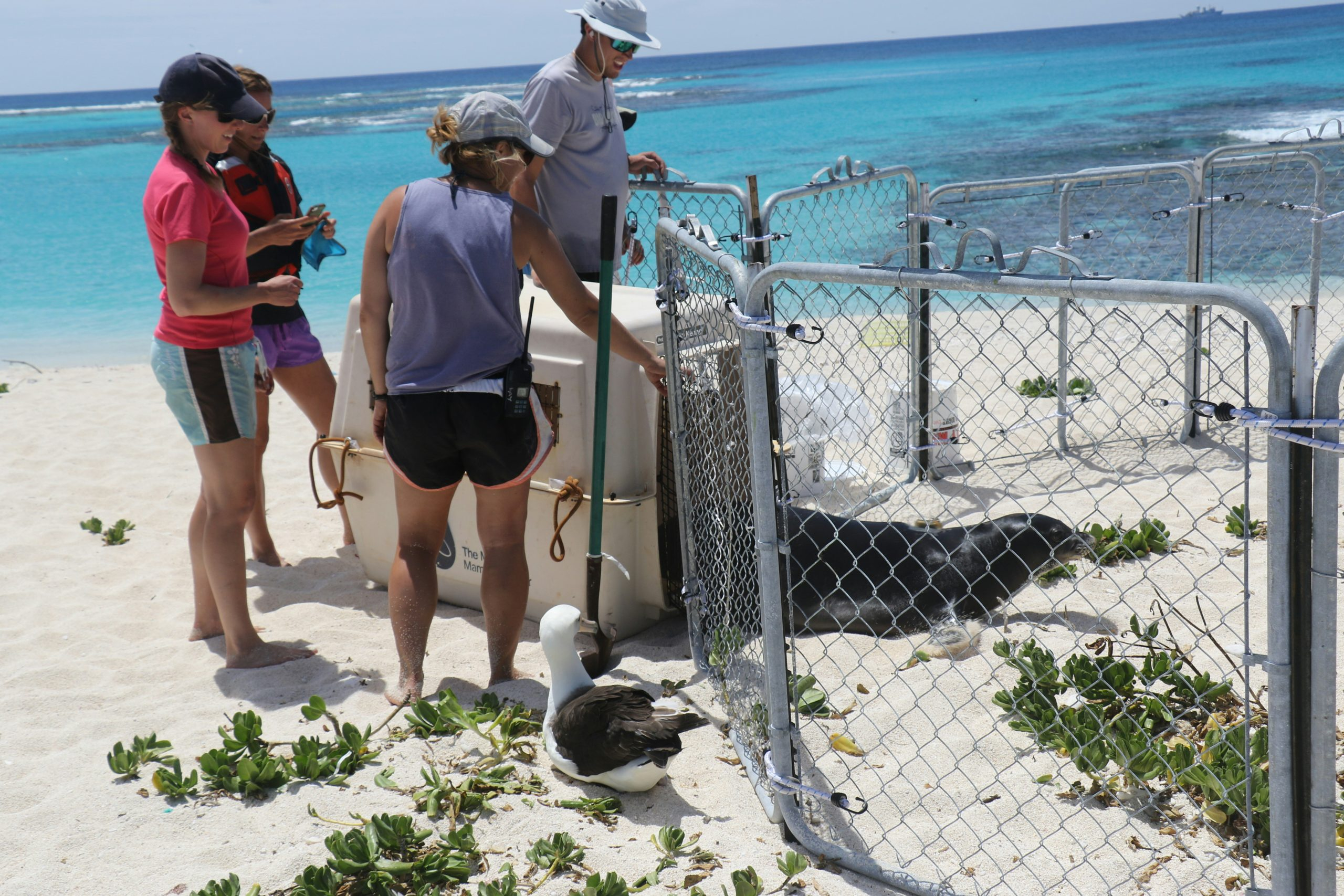Disaster Bonds: Financing Climate-Resilient Infrastructure
The effects of climate change are being felt all around the world. From extreme weather events to rising sea levels, the impacts of our changing climate are becoming more and more evident. In order to build resilience and mitigate the risks of these events, a new financing tool has emerged: Disaster Bonds. These innovative financial instruments are specifically designed to raise funds for projects that promote climate-resilient infrastructure. In this article, we will delve into the world of Disaster Bonds and explore how they can help finance and build a more climate-resilient future.
What are Disaster Bonds?
Disaster Bonds, also known as Catastrophe Bonds or Cat Bonds, are a type of bond that allows governments, organizations, and even individuals to transfer the risk of a natural disaster to investors. In essence, they are a form of insurance that provides a payout in the event of a predetermined natural disaster, such as a hurricane, tsunami, or earthquake.
These bonds are typically issued by countries or territories that are susceptible to natural disasters, with the proceeds being used to fund projects that can help mitigate the impacts of these events. By utilizing Catastrophe Bonds, governments and other organizations can access capital to build climate-resilient infrastructure in areas that are most at risk. This not only reduces the financial burden on governments, but it also encourages them to invest in projects that promote long-term resilience.
How do Disaster Bonds work?
Disaster Bonds are structured similarly to traditional bonds, with the key difference being the trigger event. Instead of a predetermined maturity date, Cat Bonds have a “trigger” clause that is activated in case of a natural disaster. This could include a certain wind speed, level of flooding, or magnitude of an earthquake.
Once the trigger is activated, investors may lose some or all of their initial investment, depending on the terms of the bond. This payout provides the necessary funds for governments to finance disaster relief efforts and invest in long-term resilience projects.
The Benefits of Disaster Bonds
For Governments and Organizations
One of the main benefits of Disaster Bonds is that they allow governments and organizations to transfer the financial risks associated with natural disasters to investors. This can provide much-needed relief to governments facing the high costs of disaster response and recovery. In addition, by utilizing Cat Bonds, these entities can access capital that may not be available through traditional financing methods. This allows them to invest in critical projects that promote climate resilience, making communities more prepared for future disasters.
For Investors
Investing in Disaster Bonds can be a profitable venture for investors. These bonds typically offer higher returns than traditional bonds, making them an attractive investment option. In addition, Cat Bonds have low correlation with other financial assets, providing a diversification opportunity for investors.
Examples of Disaster Bonds in Action
Several countries and organizations have already utilized Disaster Bonds to finance climate-resilient infrastructure. The World Bank issued its first Cat Bond in 2014, raising $30 million for projects in the Pacific Islands vulnerable to cyclones and earthquakes. In 2020, the Caribbean Catastrophe Risk Insurance Facility (CCRIF) issued $2.4 million in Cat Bonds to provide coverage for tropical cyclones, earthquakes, and excess rainfall in 14 Caribbean countries.
Cat Bonds have also been used to fund projects focused on specific types of natural disasters. For example, the Mexican government issued a $160 million bond in 2018 to fund earthquake recovery efforts, while the African Risk Capacity (ARC) issued a $1.3 million bond for drought response in Zimbabwe.
The Future of Disaster Bonds
As the impacts of climate change continue to intensify, the demand for disaster risk financing will likely increase. This opens up new opportunities for the use of Catastrophe Bonds, not only for governments and organizations but also for individual investors. Furthermore, advancements in technology, such as satellite imagery and risk modeling, are making it easier to assess and price risk, making Cat Bonds a more accessible option for countries and organizations.
In conclusion, Disaster Bonds offer a promising solution for financing climate-resilient infrastructure. By transferring the financial risks of natural disasters to investors, governments and organizations can access the necessary funds to invest in projects that mitigate the impacts of climate change. As we continue to face the challenges of a changing climate, Disaster Bonds have the potential to play a crucial role in building a more resilient future.











